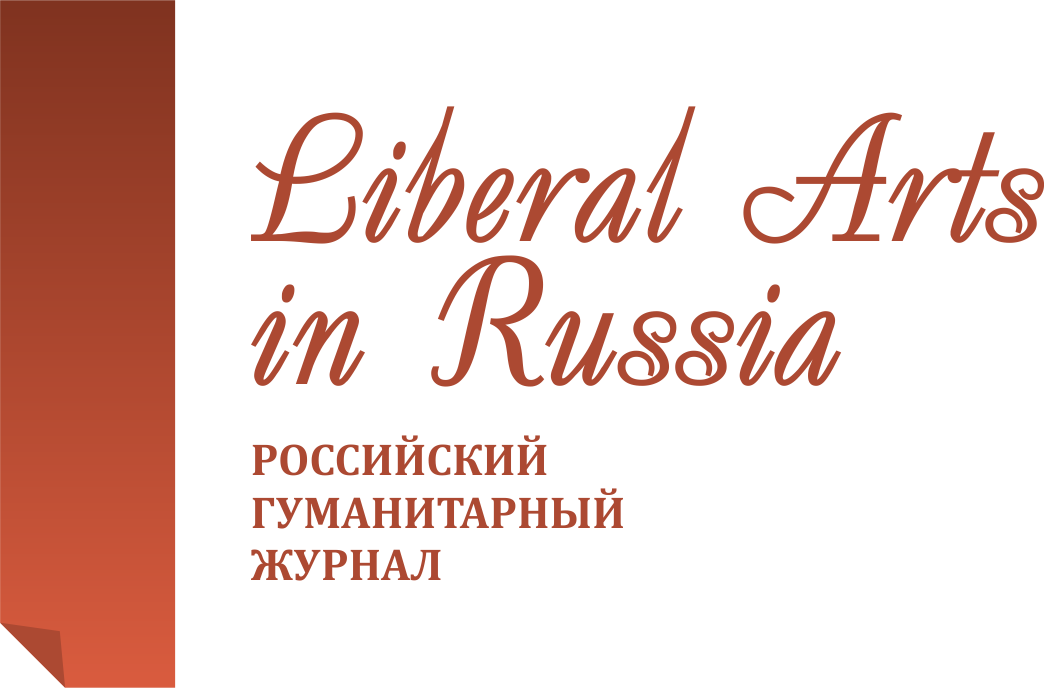Objective difficulties in extracting data on the hierarchical correlation of technical terms from academic texts
Liberal Arts in Russia. 2018. Vol. 7. No. 5. Pp. 396-408.
Get the full text (Russian) Email: laatuu@yandex.ru Abstract
The article is devoted to the problem of the detection of the systemic organization of adjacent concepts linked by the hierarchical types of relations based on the analysis of academic texts as it is applied to terminological network construction. The research is focused on the technical terms of astrophysics and the contexts where they appear. The objective difficulties in detecting the correlation of concepts linked by hierarchical systemic relations are considered on example of such technical terms as active galaxy, active galactic nucleus, radio galaxy, Seyfert galaxy, quasar, BL Lacertae object and blazar. The verbal representation of different and sometimes controversial variants of their correlation and some linguistic and extralinguistic factors that may stand behind their existence are analyzed.
Keywords
- • technical term
- • academic concept
- • terminological semantic network
- • systemic relation
- • linguistic marker
- • hierarchical relation
- • system
- • typology
References
- Azamatova A. Kh. Russkii yazyk v sovremennom mire: traditsii i innovatsii v prepodavanii russkogo yazyka kak inostrannogo i v perevode: Mat-ly III mezhdunarodnoi nauchnoi konferentsii. Gretsiya, 2013. Pp. 12-28.
- Baranov G. V. Kontseptsii astronomii: uchebnik [Astronomy concepts: textbook]. Hamburg: Anchor Akademic Publishing, 2014.
- Barkovich A. A. Vestnik Tomskogo gosudarstvennogo universiteta. 2016. No. 406. Pp. 5-13.
- Burbidge G., Burbidge M. Kvazary [Quasars]. Moscow: Mir, 1969.
- Budagov R. A. Terminologiya i semiotika. Chelovek i ego yazyk [Terminology and semiotics. Human and language]. Moscow: MGU, 1974.
- Verkhodanov O., Pariiskii Yu. Radiogalaktiki i kosmologiya [Radio galaxies and cosmology]. Moscow: Fizmatlit, 2009.
- Grinev-Grinevich S. V. Terminovedenie [Terminology science]. Moscow: Akademiya, 2008.
- Efremova T. F. Novyi slovar' russkogo yazyka. Tolkovo-slovoobrazovatel'nyi [New dictionary of the Russian language. Explanatory and word building]. Moscow: Russkii yazyk, 2000.
- Zasov A. V. Bol'shaya rossiiskaya entsiklopediya. Elektronnaya versiya (2016). URL: https://bigenc.ru/physics/text/4024421.
- Komarov V. V. Spravochnik neobkhodimykh poznanii [Handbook of necessary knowledge]. Moscow: Aif Print, 2001.
- Komberg B. V. KVAZARY. Bol'shaya rossiiskaya entsiklopediya. Moscow, 2009. Vol. 13. Pp. 427.
- Latu M. N. Voprosy kognitivnoi lingvistiki. 2016. 4(49). Pp. 142-149.
- Latu M. N. Politicheskaya lingvistika. 2017. 5(65). Pp. 100-104.
- Latu M. N. Kognitivnye issledovaniya yazyka. 2018. No. 33. Pp. 672-677.
- Latu M. N., Levit A. A. Trudy Instituta sistemnogo analiza RAN. 2017a. Vol. 67. No. 3. Pp. 98-110.
- Latu M. N., Levit A. A. Voprosy kognitivnoi lingvistiki. 2017b. No. 4. Pp. 123-136.
- Martynov D. Ya. Kurs obshchei astrofiziki: Uchebnoe posobie [Course in general astrophysics: Textbook]. 1988.
- Prokhorov A. M. Fizika kosmosa [Space physics]. Moscow: Ripol Klassik, 1986.
- Rossiiskaya Astronomicheskaya Set'. URL: http://www.astronet.ru.
- Savotchenko S. E., Proskurina E. A. Nauchnye vedomosti. 2013. No. 1. Pp. 145-151.
- Slovari i entsiklopedii na Akademike. URL: https://dic.academic.ru.
- Fidelis V. V. Izvestiya Rossiiskoi akademii nauk: Seriya fizicheskaya. 2007. Vol. 71. No. 7. Pp. 945-947.
- Khoperskov A., Fridman A. Fizika galakticheskikh diskov [Physics of galactic disks]. Moscow: LitRes, 2017.
- Shevtsova A. Yu. Modelirovanie normativnogo dvuyazychnogo slovarya-tezaurusa terminov aviatsionnoi ekologii: avtoref. dis. ...kand. filol. nauk. Tyumen', 2014.
- Elementy. Novosti nauki. URL: http://elementy.ru/novosti_nauki.
- Entsiklopediya Koll'era [Collier's encyclopedia]. Moscow: Otkrytoe obshchestvo, 2000.
- Arauz L., Faber P. Proceedings of the Workshop Semantic Relations. Theory and Applications. 2010. Pp. 12-17.
- Daintith J., Martin E. Oxford Dictionary of Science. New York: Oxford University Press, 2010.
- Hayakawa S. I., Hayakawa A. R. Language in thought and action. San Diego, 1990.
- Heuvel E., Wijers R., Zand J. BeppoSAX: Proceedings of the BeppoSAX Conference "The Restless High-Energy Universe". Amsterdam, the Netherlands, 2004.
- Knigi.link. URL: http://knigi.link.
- Liddle A., Loveday J. Oxford Companion to Cosmology. New York: Oxford University Press, 2014.
- Marziani P., Sulentic J. Fifty Years of Quasars: From Early Observations and Ideas to Future Research. Springer, 2012.
- Mitton J. Cambridge Dictionary of Astronomy. New York: Cambridge University Press, 2001.
- NatureIndia. URL: https://www.natureasia.com/en/nindia.
- Padovani P. Vulcano Workshop 1998: Frontier Objects in Astrophysics and Particle Physics. Bologna, Italy: Italian Physical Society, 1999. P. 159.
- Raiteri C. M. Nature. 2017. Vol. 552. No. 7685. Pp. 374-377.
- Ridpath I. Oxford Dictionary of Astronomy. New York: Oxford University Press, 2012.
- Gamma 2001: Gamma-Ray Astrophysics. American Institute of Physics. Baltimore, Maryland, 2001. Pp. 821.
- The IceCube Collaboration. Science. Vol. 361. No. 6398. Pp. 147.
- Xie G. Z., Zhang Y. H., Fan J. H., Liu F. K. Astronomy and Astrophysics. Vol. 278. No. 1. Pp. 6-10.
